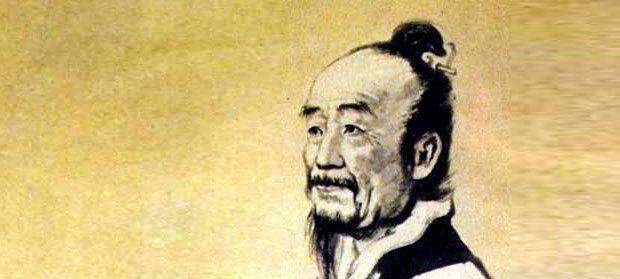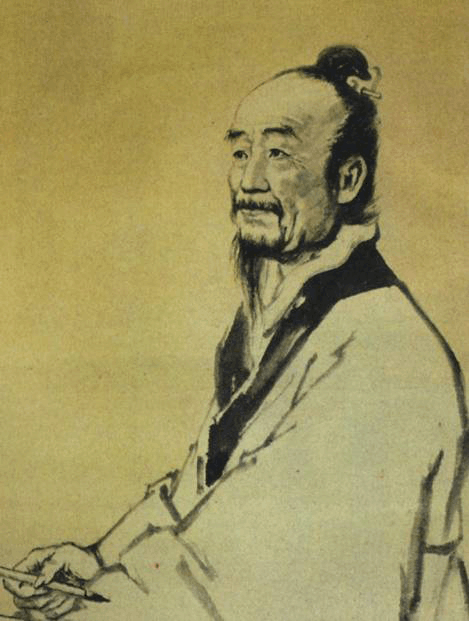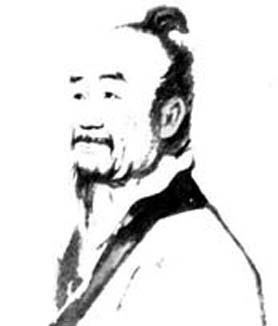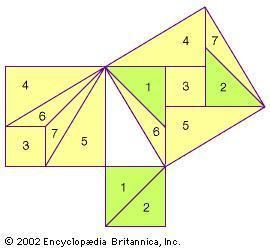Died 295 AD, China | ||
 | ||
People also search for Zu Chongzhi, John Newsome Crossley, Aryabhata, Anthony Wah-Cheung Lun | ||
Liu hui
Liu Hui (fl. 3rd century AD) was an Ancient Chinese mathematician. He lived in the state of Cao Wei during the Three Kingdoms period of Chinese history. In 263, he edited and published a book with solutions to mathematical problems presented in the famous Chinese book of mathematics known as The Nine Chapters on the Mathematical Art.
Contents

He was a descendant of the Marquis of Zixiang of the Han dynasty, corresponding to current Zixiang township of Shandong province. He completed his commentary to the Nine Chapters in the year 263.

He probably visited Luoyang, and measured the sun's shadow.
Archimedes and liu hui numerical solution for pi
Mathematical work

Along with Zu Chongzhi (429–500), Liu Hui was known as one of the greatest mathematicians of ancient China. Liu Hui expressed all of his mathematical results in the form of decimal fractions (using metrological units), yet the later Yang Hui (c. 1238-1298 AD) expressed his mathematical results in full decimal expressions.
Liu provided commentary on a mathematical proof of a theorem identical to the Pythagorean theorem. Liu called the figure of the drawn diagram for the theorem the "diagram giving the relations between the hypotenuse and the sum and difference of the other two sides whereby one can find the unknown from the known".
In the field of plane areas and solid figures, Liu Hui was one of the greatest contributors to empirical solid geometry. For example, he found that a wedge with rectangular base and both sides sloping could be broken down into a pyramid and a tetrahedral wedge. He also found that a wedge with trapezoid base and both sides sloping could be made to give two tetrahedral wedges separated by a pyramid. In his commentaries on the Nine Chapters, he presented:
Liu Hui also presented, in a separate appendix of 263 AD called Haidao Suanjing or The Sea Island Mathematical Manual, several problems related to surveying. This book contained many practical problems of geometry, including the measurement of the heights of Chinese pagoda towers. This smaller work outlined instructions on how to measure distances and heights with "tall surveyor's poles and horizontal bars fixed at right angles to them". With this, the following cases are considered in his work:
Liu Hui's information about surveying was known to his contemporaries as well. The cartographer and state minister Pei Xiu (224–271) outlined the advancements of cartography, surveying, and mathematics up until his time. This included the first use of a rectangular grid and graduated scale for accurate measurement of distances on representative terrain maps. Liu Hui provided commentary on the Nine Chapter's problems involving building canal and river dykes, giving results for total amount of materials used, the amount of labor needed, the amount of time needed for construction, etc.
Although translated into English long beforehand, Liu's work was translated into French by Guo Shuchun, a professor from the Chinese Academy of Sciences, who began in 1985 and took twenty years to complete his translation.
